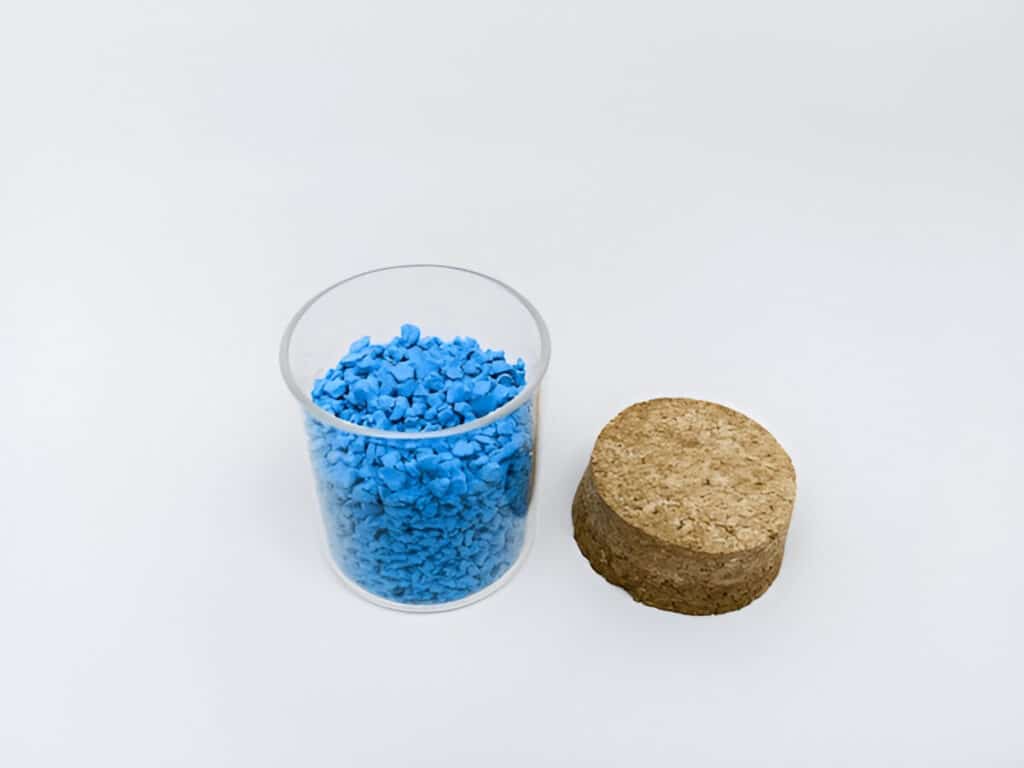RPE (Reinforced Polyethylene) and EPDM (Ethylene Propylene Diene Monomer) are two commonly used materials in the machinery industry for sealing and insulation applications. While both offer excellent resistance to heat, chemicals, and weathering, they differ in their specific properties and suitable use cases.
This blog post will delve into the key differences between RPE and EPDM, enabling machinery professionals to make informed decisions when selecting materials for their projects.

What Is RPE
Reinforced Polyethylene (RPE) is a type of thermoplastic material that consists of high-density polyethylene (HDPE) reinforced with polyester or fiberglass. This reinforcement enhances the material’s strength, stiffness, and dimensional stability compared to standard HDPE. RPE is produced through a process called pultrusion, where the reinforcing fibers are drawn through a resin bath and then pulled through a heated die to create a continuous, cross-sectional profile.
RPE offers several advantages, including excellent chemical resistance, low water absorption, and high impact strength. It is also lightweight and easy to install, making it a popular choice for various applications such as industrial piping systems, chemical storage tanks, and marine structures. RPE’s resistance to corrosion and abrasion further contributes to its durability in demanding environments.
What Is EPDM
Ethylene Propylene Diene Monomer (EPDM) is a synthetic rubber material known for its exceptional weathering and ozone resistance properties. It is a terpolymer elastomer composed of ethylene, propylene, and a diene monomer, which introduces unsaturation sites in the polymer backbone. This unique composition allows EPDM to maintain its flexibility and mechanical properties over a wide temperature range, typically from -50°C to 150°C.
EPDM is manufactured through a solution polymerization process, where the monomers are dissolved in a solvent and polymerized using a catalyst. The resulting rubber is then processed into various forms, such as sheets, profiles, or molded parts, depending on the intended application. EPDM’s excellent resistance to heat, UV radiation, and oxidation makes it ideal for outdoor applications, including roofing membranes, weather stripping, and automotive seals. Additionally, its good electrical insulation properties and resistance to polar substances further expand its use in electrical and chemical applications.
Key Difference Between RPE and EPDM
Composition
RPE, or Reinforced Polyethylene, is a three-layer composite material consisting of a polyethylene core reinforced with high-strength polyester fabric on both sides.
In contrast, EPDM (Ethylene Propylene Diene Monomer) is a synthetic rubber compound derived from ethylene, propylene, and a diene monomer.
Weight
RPE membranes are generally heavier than EPDM due to the added polyester reinforcement layers. The typical weight of a 45-mil RPE membrane is approximately 0.29 pounds per square foot, while a 60-mil non-reinforced EPDM membrane weighs around 0.25 pounds per square foot.
Strength
The reinforcing polyester fabric in RPE enhances its overall strength and dimensional stability compared to non-reinforced EPDM. RPE exhibits higher tear resistance and better withstands mechanical stresses.
EPDM, while not as strong as RPE, still offers good tensile strength and elongation properties.
UV Resistance
EPDM showcases superior UV resistance compared to RPE. The chemical structure of EPDM inherently resists ultraviolet degradation, making it an excellent choice for exposed applications.
RPE, though UV-stable, may experience some weathering over time due to its polyethylene content.
Flexibility
EPDM membranes are known for their exceptional flexibility, even in low temperatures. The elastomeric nature of EPDM allows it to stretch and conform to irregular surfaces and accommodate structural movement.
RPE, while flexible, does not provide the same level of elasticity as EPDM.
Puncture Resistance
The reinforcing layers in RPE contribute to its enhanced puncture resistance. The polyester fabric helps distribute the force of impacts, minimizing the risk of punctures.
EPDM, being a homogeneous material, is more susceptible to punctures compared to RPE.
Applications
RPE is commonly used in roofing systems where high strength, puncture resistance, and dimensional stability are prioritized. It is also utilized in geomembrane applications for waste containment and water management.
EPDM finds widespread use in weather sealing, automotive parts, and waterproofing due to its flexibility, UV resistance, and weathering performance.






